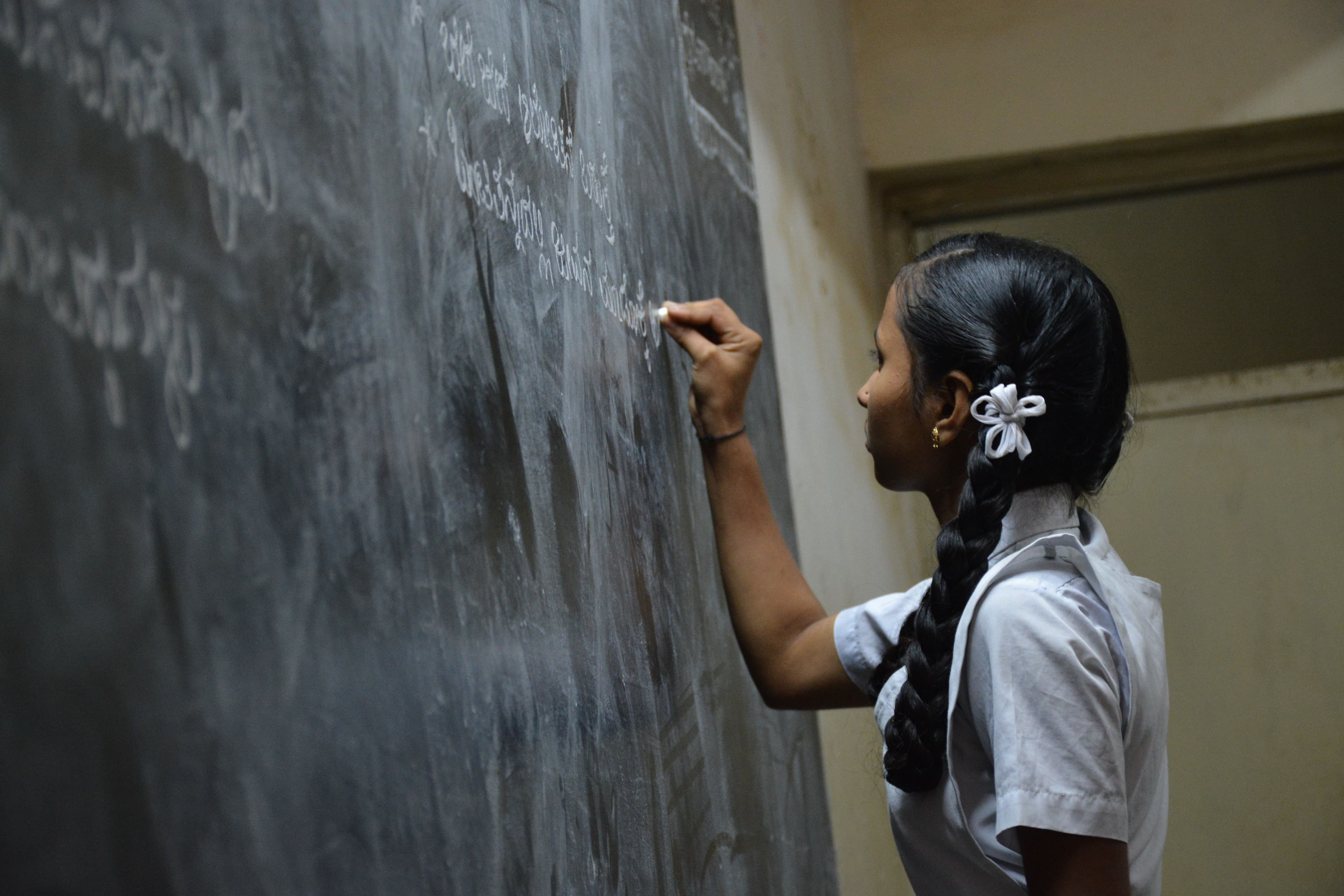Education report

▲ Photo by Nikhita S on Unsplash
This is an executive summary of our investigation into education
Please note this executive summary and our original report were last updated in 2019. While our overall views remain unchanged, some details may be out of date.
In the US, only religion receives more philanthropic funding as a sector than education. This is due not just to the area’s popularity with donors, but also because the cause area of education is incredibly broad. There are many forms of education, but all of them share the same fundamental goal: provide people with skills and knowledge, which will then provide a host of benefits both to students and to others. In this report we aim to find the best donation opportunities within education and compare them with the best opportunities in other areas.
Cause overview
The first section provides an overview of the main forms of education, levels of education around the world, the main skills education can bring about, and the main sources of funding.
Levels of funding and education around the world
Unsurprisingly, education levels and spending are both lowest in low-income countries. Whereas virtually everyone in high-income countries can read and write, literacy levels in low-income countries are around 60%. Around 10–100x more money is spent on each student in high-income countries than in low-income countries. Given this, we think it usually makes sense for donors to focus on low-income countries.
The benefits of education
The second section examines the main benefits of education. The most commonly proposed benefits of education are increased productivity, improved health, reduced crime, improved citizenship and female empowerment. Each of these is beneficial to both the recipient of education and to others in society. We judge income from increased productivity and reduced child marriage to be the most important of these, although the benefits of education are hard to assess because they occur so long after schooling takes place, and because education is correlated with lots of other important traits, such as socioeconomic status, that might be the true cause of the benefit.
The best interventions
The third section looks at which interventions are most cost-effective. We include interventions that increase intelligence even if they are not conventionally educational, because the benefits of intelligence overlap so heavily with the benefits of education. Overall, the interventions that we think stand out are salt iodization programs, which increase IQ by reducing iodine deficiency, and ‘Teaching at the Right Level’ interventions, which aim to teach to the current level of the student rather than their age or class.
Other particularly promising interventions are:
- Building low-cost schools in areas where access to education is very low
- Merit-based scholarships
- Providing households with information on the returns to education
- Low-cost ways of encouraging additional stimulation for young children
- Iron supplementation
- Research to find and evaluate new approaches to improving education
Salt iodization programs
Iodine deficiency, which affects around 250 million children, reduces IQ by around four points. Salt iodization programs, which consist of salt manufacturers fortifying their salt with iodine, are a cheap and effective solution to this problem. Our analysis of salt iodization programs is based heavily on the work of our research partner GiveWell in the area.
Teaching at the Right Level (TaRL)
Many pupils in low-income countries learn very little even when they are in school. One reason for this is because teaching is often mis-calibrated to the student's level of education: a student who has not yet mastered addition might sit through a class on multiplication and learn nothing. Teaching at the Right Level is a pedagogical approach that solves this problem by teaching to the current education level of the student, rather than the level laid out by the curriculum. This can take the form of tracking pupils by ability for small parts of their education, remedial classes for under-performing pupils or personalized software that targets content to the user’s level.